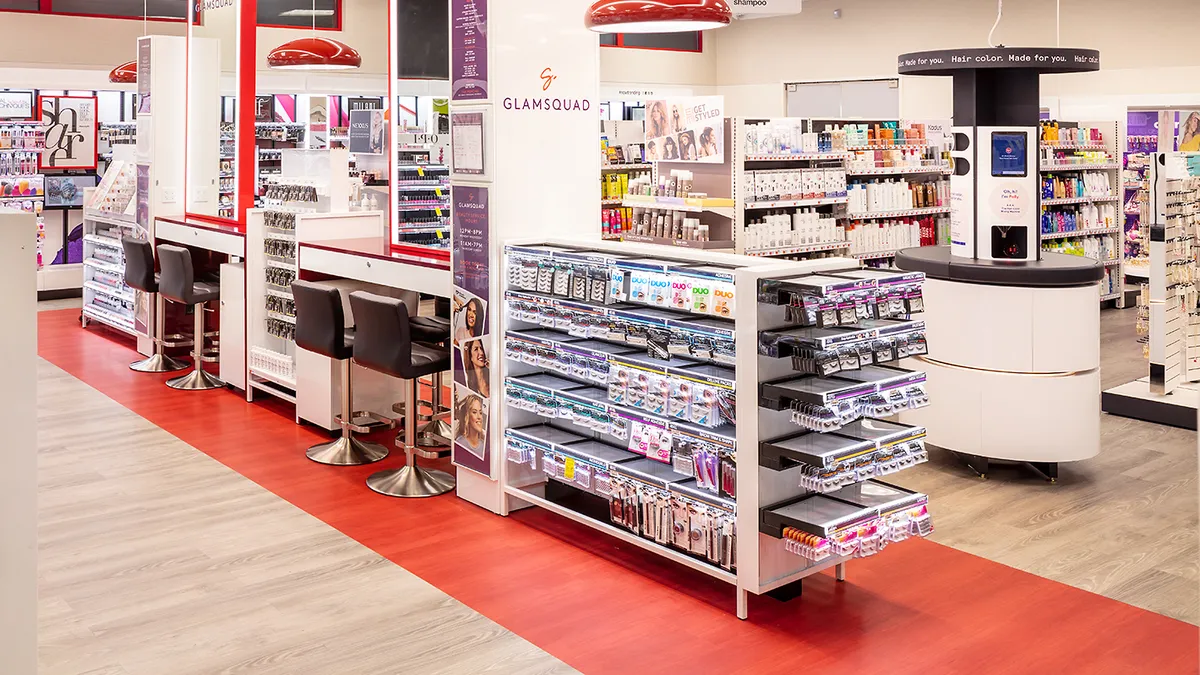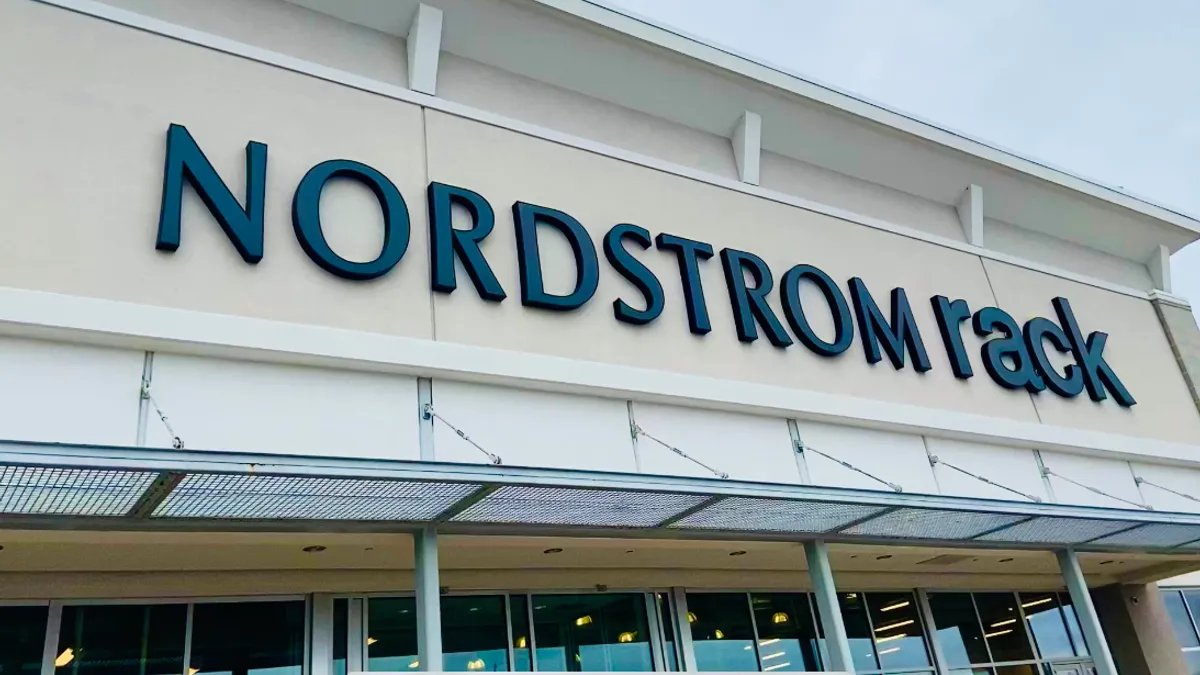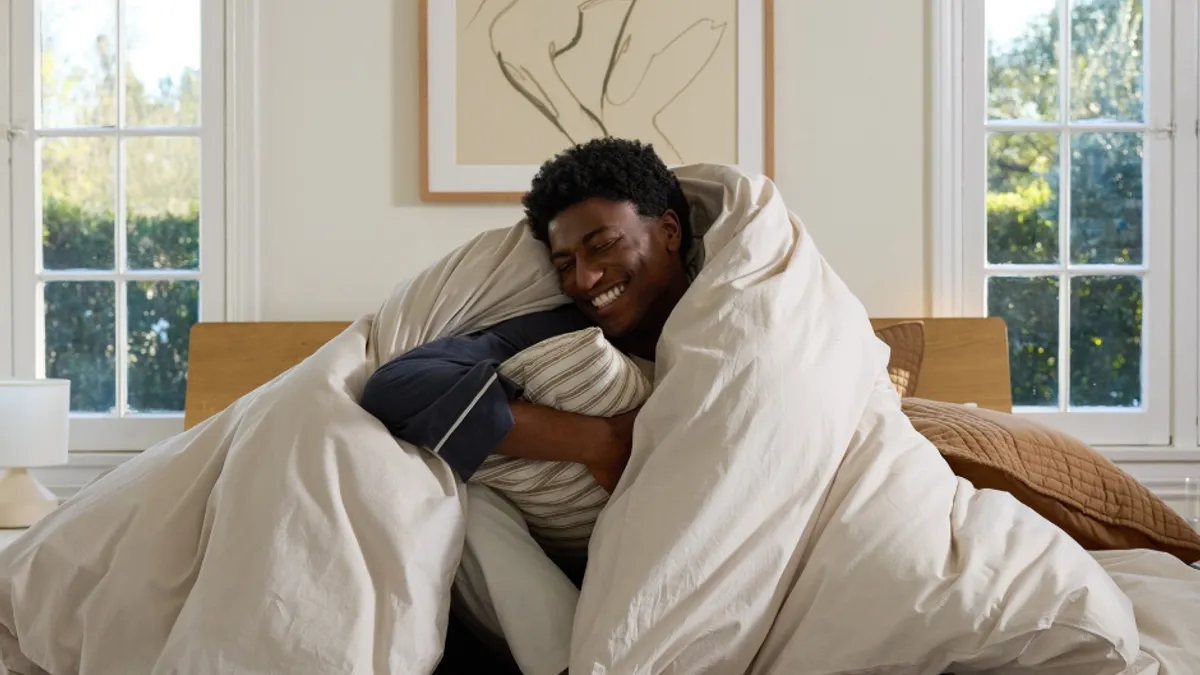The beauty space has been a bright spot in retail, with many looking at the sector as a prime example of experiential retail at work. The play now, buy later philosophy of Sephora and Ulta, as well as the entrance of upstarts like Glossier and Birchbox, pushed traditional retailers to rethink strategies and led more outside of the beauty market to invest in experiential stores.
Like last year, which saw teen retailer Forever 21 open its first beauty stores and Sephora open its first Sephora Studio store, this year has been a big one for beauty. Not only have individual brands found success in 2018, including Glossier notching another $52 million in funding, but there also has been a near-constant rumble of movement in the sector — an underlying tremor that hints at all the activity going on beneath the surface.
There's one strategy for specialty players like Ulta, another for department stores investing in their own offerings, and yet another for setups like J.C. Penney's with Sephora and Macy's Bluemercury branch. All things considered, here are three trends that have defined 2018 for the beauty sector.
Makeovers in loyalty
Loyalty is something beauty retailers have become known for, especially specialty players Sephora and Ulta. The two companies have built a following by offering repeat customers tempting rewards, and, since each attracts a slightly different shopper, the two rarely step on each other's toes.
Ulta's Senior Vice President of Merchandising, Monica Arnaudo, told Retail Dive in May that the retailer's loyalty program had close to 28 million members, as well as a recently added Diamond Tier, which focuses on shoppers who spend $1,200 annually. The approach forms an interesting contrast to Glossier, which builds loyalty based on social sharing and brand communication as opposed to the rewards-based focus of its competitors.
While both methods for fostering fealty are arguably important, loyalty programs have been a mainstay of more traditional retailers for years — and big players in every category have taken time in 2018 to update theirs. In the department store sector alone, Kohl's, Nordstrom and Macy's within the last year have made serious changes to their methods of keeping customers coming back, but more niche retailers have also updated theirs, including shoe retailer DSW and pet player PetSmart.
When it comes to beauty players, Sephora's loyalty update was particularly noteworthy given how popular the program already was. In the newest version, the retailer added more benefits for Rouge, VIB and Insider members, including more points per dollars spent and five times the number of rewards for customers with more than 750 points. The move signals continued investment in loyalty as a strategy, as well as in the value those repeat customers represent — something that has been reasserted in the past through moves like the retailer's members-only social platform, announced in August of 2017.
Less talked-about beauty retailers have also joined in on such updates, with Sally Beauty replacing its program with a new one in October after a year of piloting it in two markets. The replacement is more focused on personalized rewards, according to the company, and Chris Kobus, group vice president of marketing and digital at the retailer, called it a "game changer" at the time.
Whether or not the program is a success, it's a smart move for a retailer operating in a competitive space. With plenty of reasons to go elsewhere — and a growing number of non-traditional competitors — retailers in the beauty space have to constantly up the ante to persuade shoppers that their offerings are worthwhile. That includes not just loyalty programs, but also the playful in-store atmosphere that players in the space have become known for.
Brick and mortar gets a whole new look
Increasingly, being in the beauty sector means being a part of the experiential retail conversation. Retailers in the space have come further than many others in updating their in-store offerings and prioritizing useful tech applications and physical try-on experiences to foster a high-touch atmosphere in stores.
Of the many successes beauty is credited with, the use of augmented reality and other virtual tech is high on the list. While beauty retailers themselves have become well-known for the applications, shoppers are getting used to them as well — a study in August found that around half of beauty customers felt ready to use a virtual advisor. That embrace of technology has led to beauty stores that are increasingly tech-enabled, whether for payment processing or for more interactive, playful features.
In many ways, Sephora's experiential focus seems to have been the catalyst for other retailers in the sector to make changes, but the reactions have come from all over and in varying sizes as well. Department stores have made perhaps some of the biggest moves this year, with Saks Fifth Avenue and Macy's leading the charge.
In May, Saks renovated the beauty section at its flagship to not only give it space to expand but also to leave more room for services like brow shaping and facials. While the move is contained to the retailer's flagship for now, it's nevertheless a signal that the category is worth investing in, at least for Saks.
Around the same time, Macy's announced a revamp of its own stores, which included the introduction of more beauty tech and, significantly, brand-agnostic advisors — a departure from the traditional brand-centric sales model that was likely a response to specialty players like Ulta and Sephora touting their customer-centric approach.
Bloomingdale's and Target took similar action this year, with the former debuting a clean beauty concept and the latter testing both more brands and virtual concierge services in some of its stores to establish itself as a bigger player in the competitive market.
All-in-all, the moves seem tied to retailers trying to secure a larger role for themselves in a space that is constantly shifting, innovating and updating. Even newer companies in the space, which have played a large role in disrupting it, have taken the year to invest in themselves. Birchbox revamped its website in July, but the bigger news was Glossier.
The startup put down permanent roots in brick and mortar in November, and the store — in New York's trendy SoHo neighborhood — is another step towards a beauty experience that is more fun, touch-heavy and playful. The store is an Instagrammer's paradise, with products laid out in an easily testable format and store associates walking around in pink jumpsuits with iPads to help customers check out.
Same brushes, different boxes
While brick and mortar was a hot space for investments this year, it's also been the scene of a lot of experimentation from unlikely players. Banana Republic, which has suffered lately in Gap Inc.'s portfolio (though in the most recent quarter the brand recorded a 2% rise in comp sales), announced a partnership with Cos Bar at its San Francisco location, which showcased a Cos Bar pop-up.
Although it seems like an unlikely pairing, the popularity of beauty could be a good traffic driver for retailers trying to get involved in the space, and a partnership is a good way to capitalize on some of that foot traffic without having to create a dedicated beauty department or launching a private label in the category.
Drugstores used similar tactics this year, making efforts to improve their beauty offerings by bringing in young brands and testing out a different approach to the in-store shopper experience. CVS, for example, started testing a store-within-a-store concept dubbed Beauty IRL in four different locations this past August and saw a rise in front store retail comps in the third quarter partially as a result of beauty sales.
The new spaces being piloted are double the size of the drugstore retailer's usual beauty selections and include beauty services provided by Glamsquad — a move that puts CVS in a much better position to challenge specialty players and department stores.
Rival Walgreens is also trying to step up its game in the popular category, with the announcement of a partnership to sell Birchbox items at 11 of its stores that launches at the end 2018 and the beginning of 2019.
There have been plenty of other interesting moves in the category, including the launch of a private label beauty line from Belk and a beauty-focused pop-up from New York Magazine, but the underlying message is the same: Retailers outside the space are looking for ways to break in, and those lucky enough to be playing are shifting their models to keep up.






















